Foot health plays a crucial role in overall body health, yet many people often overlook the potential problems caused by abnormal foot arches.
Whether it is flat feet or high arches, changes in foot arch shape can affect daily activities and even lead to pain in the feet, knees, and hips. The emergence of foot arch scanners provides a high-precision, scientific solution for assessing foot arch shape. Through the foot arch scanner, we can accurately understand the height of the arch and the pressure distribution on the foot, and develop personalized correction plans for flat foot and high arch patients.
What is a Foot Arch Scanner?A foot arch scanner is an advanced foot detection device that can quickly capture the shape and size of the foot, generating a scientific foot health assessment report. It is widely used in medical diagnosis, footwear design, and sports performance optimization, serving as an important tool in modern foot health management.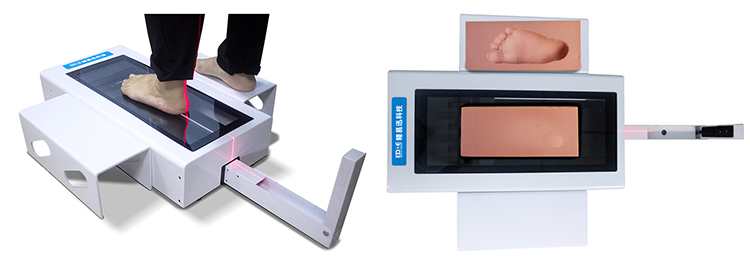
Main Functions of the Foot Arch Scanner
Accurate Measurement of Arch Height: Records the shape, angle, and height of the arch, distinguishing normal arches, flat feet, and high arches.
Through the foot arch scanner, doctors and patients can clearly see the health status of the feet, reducing subjectivity and error in diagnosis.
Impact of Abnormal Arches on Health
Health Challenges of Flat Feet:
Flat feet occur when the arch collapses or disappears, and common symptoms include:Foot pain: Pain arises due to uneven stress on structures like the plantar fascia and Achilles tendon.
Abnormal gait: Insufficient arch support can cause inward or outward rolling of the foot while walking.
Fatigue: Long periods of standing or walking often lead to fatigue.
Potential Issues with High Arches:
In contrast to flat feet, high arches occur when the arch height is excessively high. Typical symptoms include:Pressure concentrated on the forefoot and heel: This leads to foot pain and calluses.
Reduced stability: It is easier to lose balance while walking, increasing the risk of sprains.
Poor footwear adaptability: Regular shoes may not provide adequate support for high arches.
Whether it's flat feet or high arches, if not addressed in a timely manner, these conditions can negatively affect daily life and athletic performance.
Applications of the Foot Arch Scanner in Assessing Foot Arch ShapeThe foot arch scanner provides scientific evidence for evaluating arch abnormalities, making it the first step in diagnosis and treatment.
Accurate Measurement of Arch Height:
The foot arch scanner can measure the arch's height and curvature through 3D modeling technology or pressure sensors, comparing the results to normal ranges. The scan results can clearly indicate which arch type the patient belongs to:Normal Arch: The arch height is within the normal range, and the pressure distribution is even.
Flat Feet: The arch height is lower than the normal value, and pressure is concentrated on the inner side of the foot.
High Arch: The arch height is higher than normal, and pressure is concentrated on the forefoot and heel.
Foot Pressure Distribution Map Analysis:
The pressure distribution map generated by the foot arch scanner visually displays the pressure in different areas of the foot. For example:Flat feet patients typically show concentrated pressure on the inner side.
High arch patients tend to show higher pressure in the heel and forefoot regions.
These data provide precise support for doctors in creating correction plans.
Dynamic Gait Evaluation:
Some foot arch scanners have dynamic analysis functions that can detect the foot's movement trajectory and pressure changes while walking or running. This provides valuable information for identifying dynamic gait abnormalities such as pronation or supination.
Role of the Foot Arch Scanner in Assessing Correction NeedsThrough the scientific measurements provided by the foot arch scanner, doctors can develop more accurate correction plans for patients, which mainly include the following:
Orthotic Insole Design:
The foot arch scanner provides important data for designing orthotic insoles. Based on the pressure distribution and arch height, customized orthotic insoles can:Provide arch support for flat foot patients and relieve inner pressure.
Distribute pressure from the heel and forefoot for high arch patients, improving comfort.
Footwear Selection Recommendations:
Scan results can help patients select appropriate footwear. For example:Flat foot patients are suited to supportive shoes.
High arch patients need shoes with strong cushioning.
Gait Training Plans:
Dynamic scan data provides a scientific basis for gait training. For gait abnormalities, doctors can design personalized gait correction plans to help patients return to a normal walking pattern.
Advantages of the Foot Arch Scanner
Precise Data: The foot arch scanner captures subtle differences in foot structure, making diagnoses more scientific.
Efficient and Convenient: The entire measurement process is fast and non-invasive, providing a good patient experience.
Visual Results: The generated 3D models and pressure distribution maps are intuitive and easy to understand, helping patients comprehend their issues.
Versatility: It is applicable for static, dynamic, and long-term monitoring.
Real-Life Case Studies
Case 1: Alleviating Knee Pain Caused by Flat Feet:
A middle-aged patient visited due to long-term knee pain. Foot arch scanning revealed that their arch had collapsed, resulting in abnormal leg alignment. After custom orthotic insoles were designed, the knee pain significantly improved.Case 2: Improving Fatigue Caused by High Arches:
A white-collar female worker experienced foot fatigue from standing for long periods. The scan revealed she had high arches. Doctors designed cushioning orthotic insoles for her and recommended suitable shoes, effectively improving her work comfort.
Future Development Trends of Foot Arch ScannersWith technological advancements, foot arch scanners will become more intelligent and portable. For example:
AI Algorithm Analysis: With AI technology, diagnostic reports can be automatically generated, and correction suggestions can be provided.
Home Use: Portable devices will allow regular users to perform foot health assessments at home.
Real-Time Monitoring: Combining with wearable devices, real-time foot health monitoring and intervention will be possible.
The foot arch scanner plays an irreplaceable role in assessing foot arch shape and scientifically diagnosing flat feet and high arches. Through accurate measurements, it provides detailed scientific evidence for patients' correction needs, helping resolve foot problems and improving the quality of life. If you have concerns about your foot arch health, consider trying the foot arch scanner to take a scientific approach to caring for your feet.

 +86-0755-86131192
+86-0755-86131192 2024-11-20
2024-11-20 Back to list
Back to list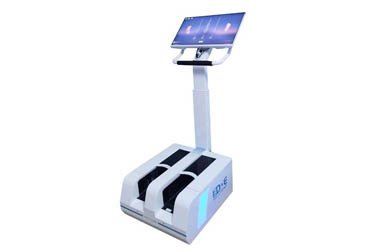
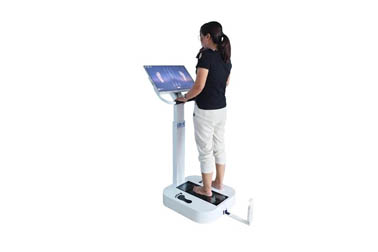
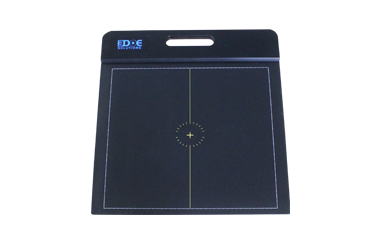
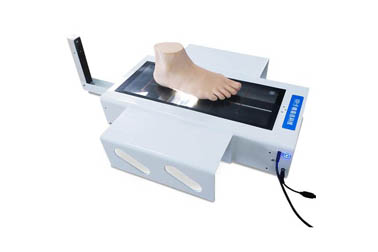
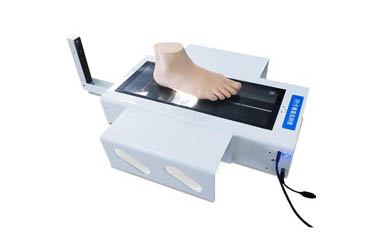
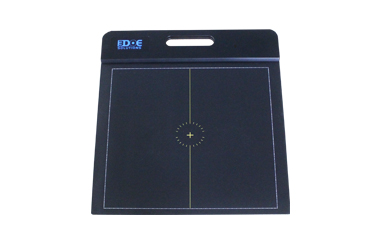



 +86-0755-86131192
+86-0755-86131192